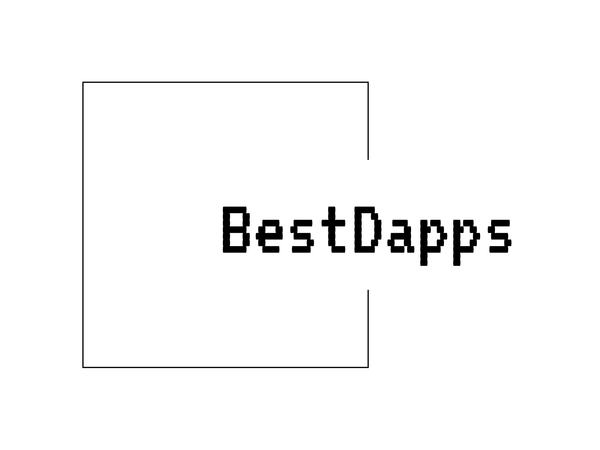
Unlocking MINA: The World's Lightest Blockchain
Share
How MINA Works: A Dive Into The World’s Lightest Blockchain
MINA is a unique cryptocurrency and blockchain protocol designed to address some of the challenges many traditional systems face, such as scalability and resource-heavy operations. What sets MINA apart from other blockchain networks is that it is touted as the world’s “lightest blockchain.” Unlike most blockchains that grow indefinitely with every new transaction, MINA maintains a fixed size, making it efficient for users and developers alike. Here's a breakdown of how MINA works.
Zero-Knowledge Succinct Non-Interactive Arguments of Knowledge (zk-SNARKs)
A core technology that powers MINA is called zk-SNARKs, which stands for Zero-Knowledge Succinct Non-Interactive Arguments of Knowledge. Developed through years of cryptography research, zk-SNARKs allow one party to prove to another party that they have certain information without actually revealing that information. This mechanism plays a significant role in reducing the size of the blockchain on MINA, allowing the network to verify transactions without requiring nodes to store all transaction history.
Essentially, zk-SNARKs enable the chain to remain lightweight by compressing the blockchain's historical data, meaning participants need to verify only the latest small proof without storing the entire blockchain. This small proof remains approximately 22 kilobytes in size, regardless of how large the blockchain grows with time.
How Transactions Are Processed
In the MINA protocol, validators, also known as block producers, are responsible for adding new transactions to the blockchain. Unlike other blockchains that require every node to store the entire chain and execute complex computational tasks, MINA’s nodes download only a small cryptographic proof—the zk-SNARK—allowing them to validate transactions quickly and with minimal computational resources.
This means that participants in the MINA network can maintain the security provided by a full node while working with just a fraction of the data. This decentralized architecture makes the protocol significantly more accessible, reducing the barriers to entry for individuals and institutions looking to participate in the verification process.
Consensus Algorithm
MINA uses the Ouroboros Samasika consensus algorithm, which is a variant of the proof-of-stake (PoS) mechanism. Whereas traditional proof-of-work (PoW) blockchains like Bitcoin require nodes to perform energy-intensive mining to validate transactions, PoS allows validators to be selected in proportion to their stake of MINA tokens in the network.
With this approach, Ouroboros Samasika enables consensus among nodes while ensuring that the blockchain remains decentralized and energy-efficient. The algorithm also tackles a key problem in blockchain technology: who gets to create the next block. Under the PoS system used by MINA, validators are chosen based on a combination of randomness and their stake in the network, preventing centralization that can sometimes plague non-PoS systems.
Block Finality and Speed
The lightweight structure of MINA allows for faster settlement of blocks compared to traditional blockchains. Block finality refers to the assurance that once a block is added to the blockchain, it cannot be altered or removed. Due to the streamlined node operation enabled by zk-SNARKs, the protocol can achieve finality quicker than many other chains. This enhances efficiency and reduces delays between transactions being sent and confirmed.
Snarkers and Block Producers
Within the MINA ecosystem, some participants are designated as snarkers. Their job is to generate zk-SNARK proofs—verifying that blocks are valid without needing the full block data. Snarkers are compensated with rewards in the form of MINA tokens, which incentivizes them to continue contributing to the upkeep of the blockchain.
Block producers, on the other hand, are responsible for selecting which transactions enter a block. To add a block, they need to include the zk-SNARK proof generated by a snarker. The role of block producers is therefore pivotal, as they facilitate validation and ensure the blockchain operates smoothly.
Simplicity With End-Users in Mind
One of the key aspects of MINA’s protocol is its accessibility for developers and users. Because the network is designed to remain lightweight, it can be easily integrated into consumer-facing applications, such as mobile apps or decentralized applications (dApps). This allows for greater adoption since users are not required to overburden their devices with large amounts of data or processing power.
